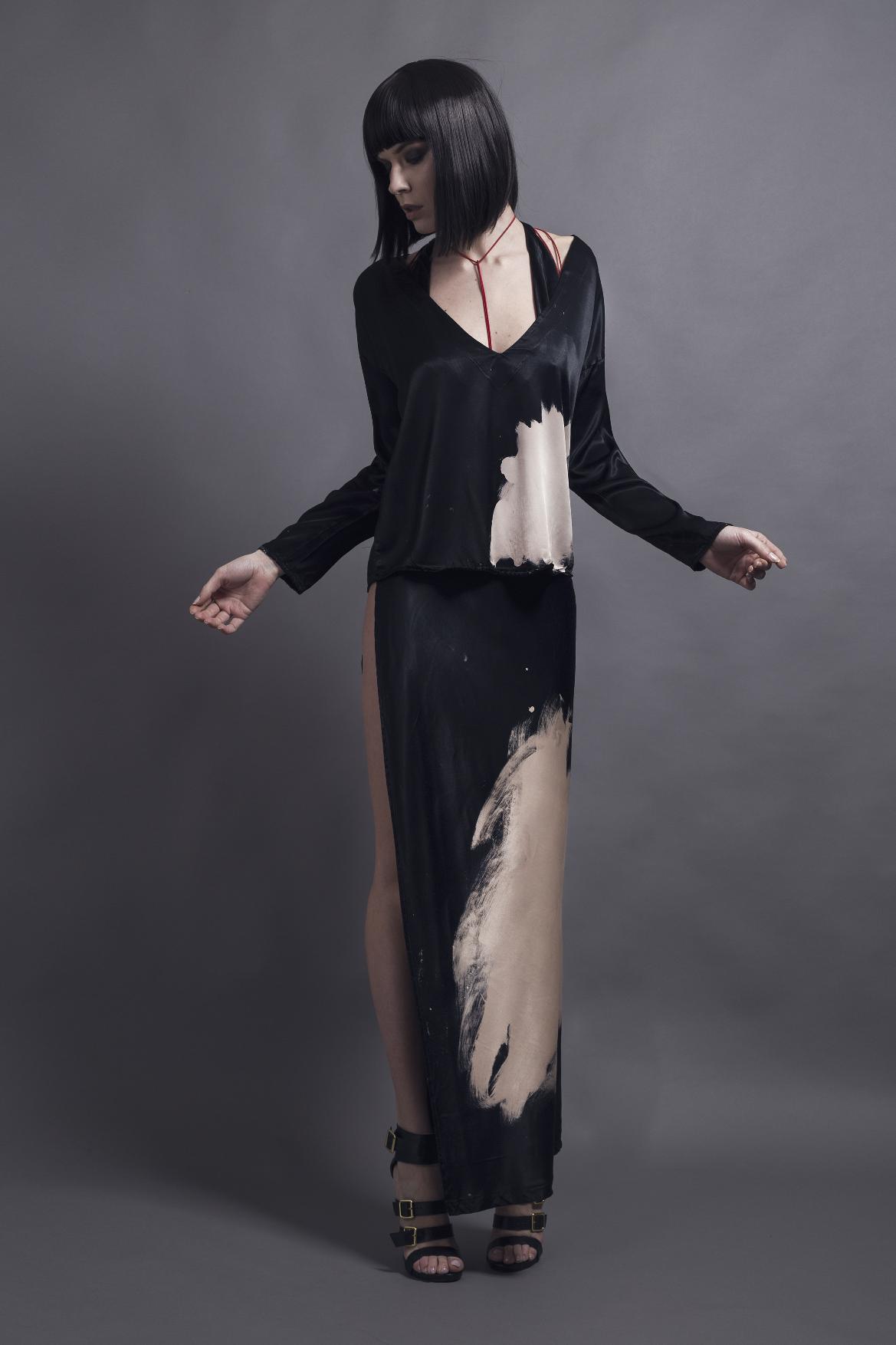The Brvtalist: For those who don't know, talk about little bit about what makes up Modern Forms. Are these new images or a curated selection of photographs from your vast archives?
Nicolas Grospierre: Modern Forms is, in a sense, the synthesis of 15 years of my photographing modernist architecture. I started documenting this kind of architecture around 2002, and although I have done other photographic works since then, I have kept on photographing late modernist buildings for all these years. Some of the pictures were done as a result of a deliberate travel, while others were done while I was travelling for other reasons. So that, eventually, I have gathered an archive of thousands of images, spanning 4 continents and documenting perhaps around 500 buildings. Thus, Modern Forms is a fairly large selection from this archive, as it features 183 buildings, strictly classified according to their shape – hence the name of the book.
TB: All different kinds of architectural movements are on display here. As you just stated, they are arranged by form rather than location and they range from bus stops to popular monuments. Talk a little bit about some of the criteria you used for selecting the images/structures for the book.
NG: When I started working on the book, I was confronted with buildings from different periods, different styles, different architects, different locations, even the formats of the pictures varied – sometimes square, sometimes landscape, sometimes portrait. The problem was that all these different classification methods gave very uneven results. I realized thus that an interesting criterion might be the shape of the buildings, since this was a tangible key to classify the buildings, being apparent in the pictures.
The book is therefore a visual journey though the shapes of modernism, starting from one simple shape (that of a round bus shelter), and moving on progressively to the next, and going in this way through squares, rectangles, triangles, grids, more complex shapes, and eventually ending on the first shape. As the subtitle of the book is that of a “subjective atlas of 20th century architecture”, I have chosen to loop the image sequence, as yet another metaphor of the atlas, which aims at giving the idea of the globe.



























